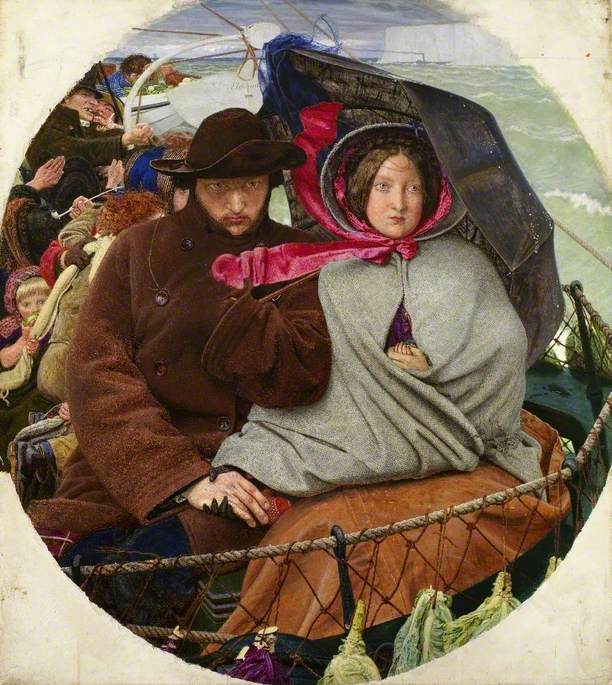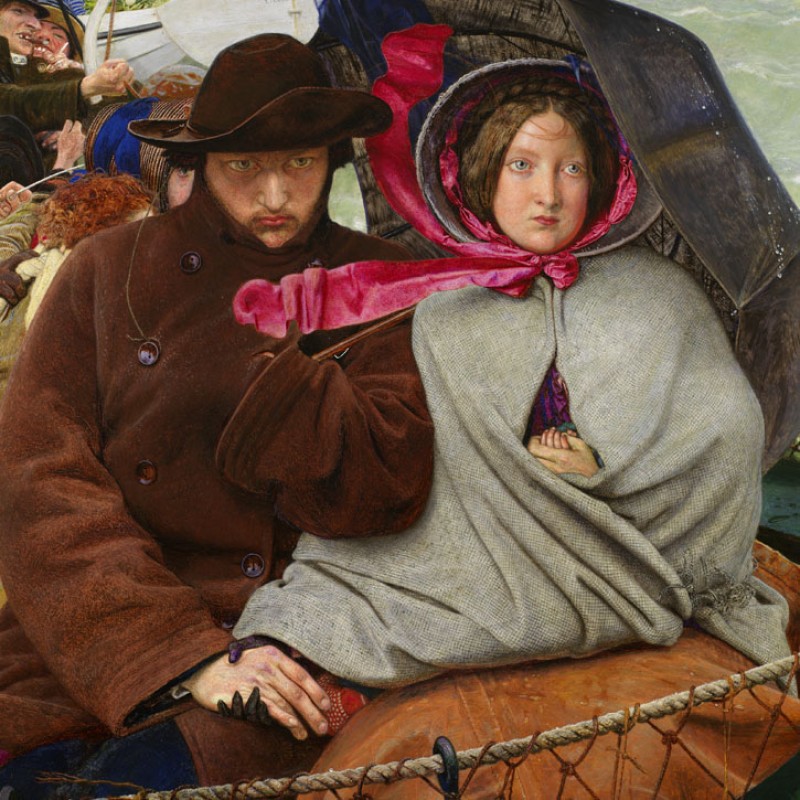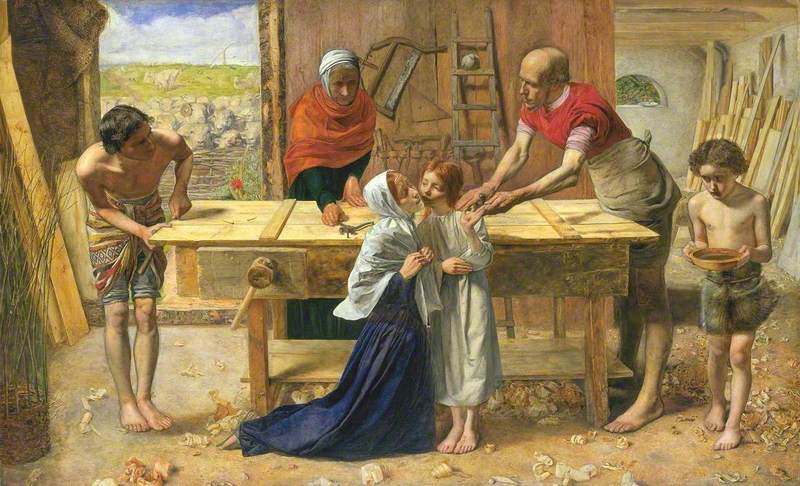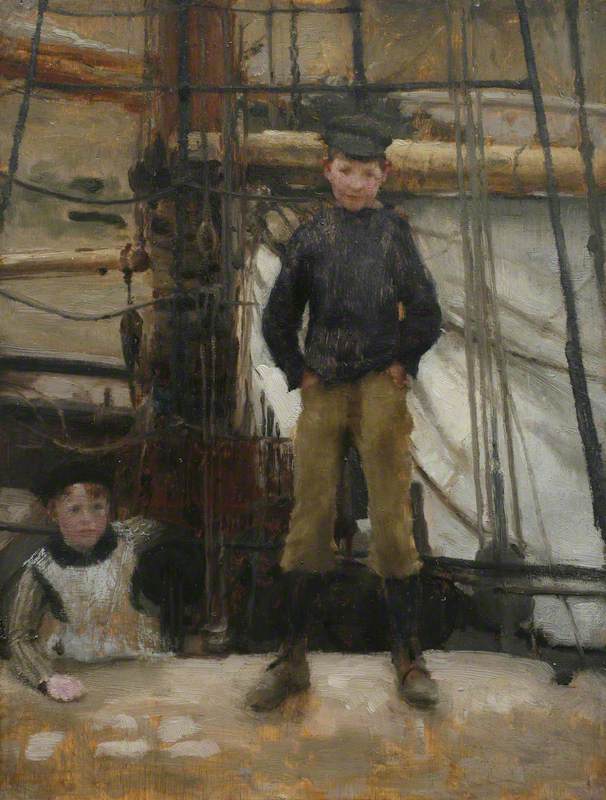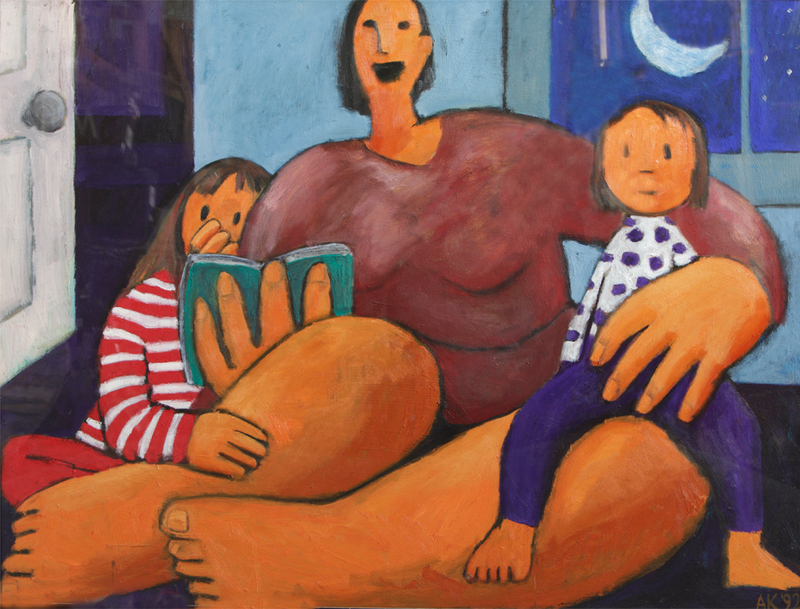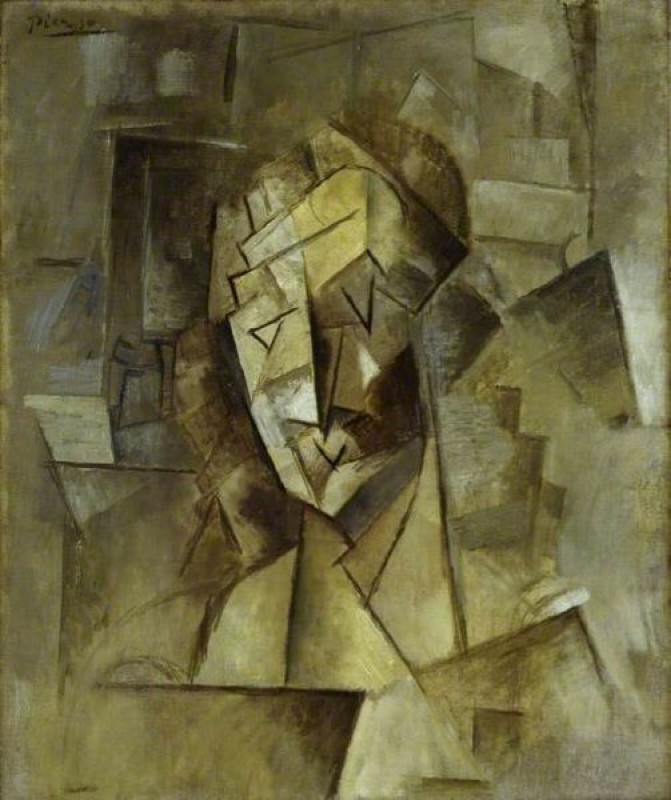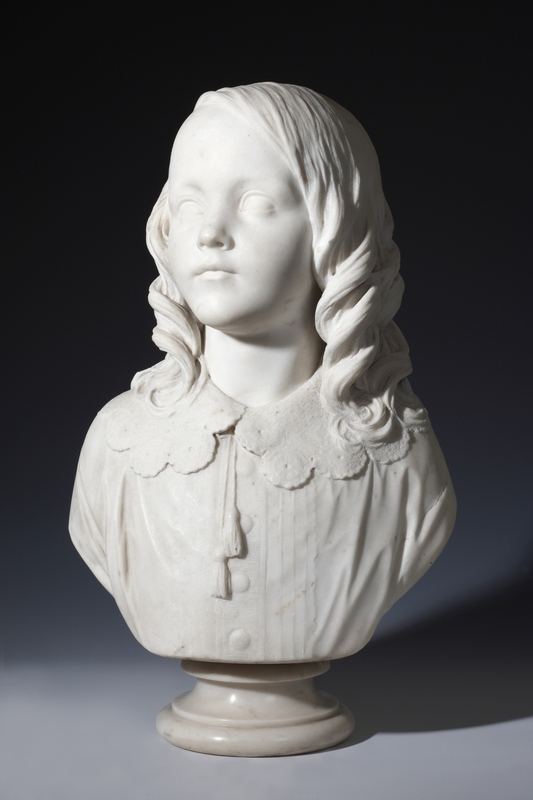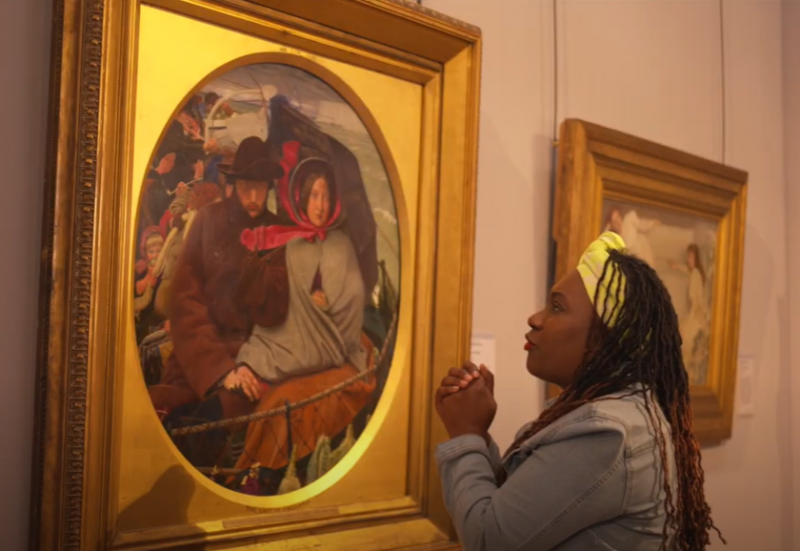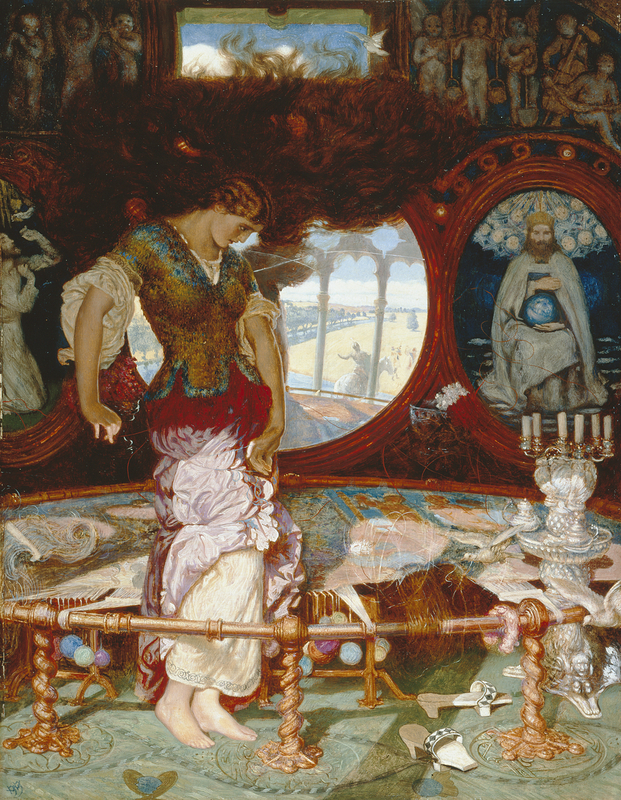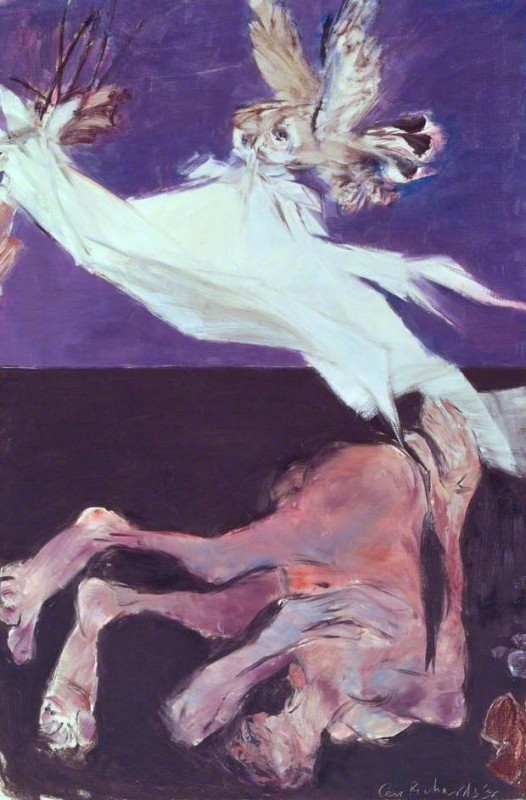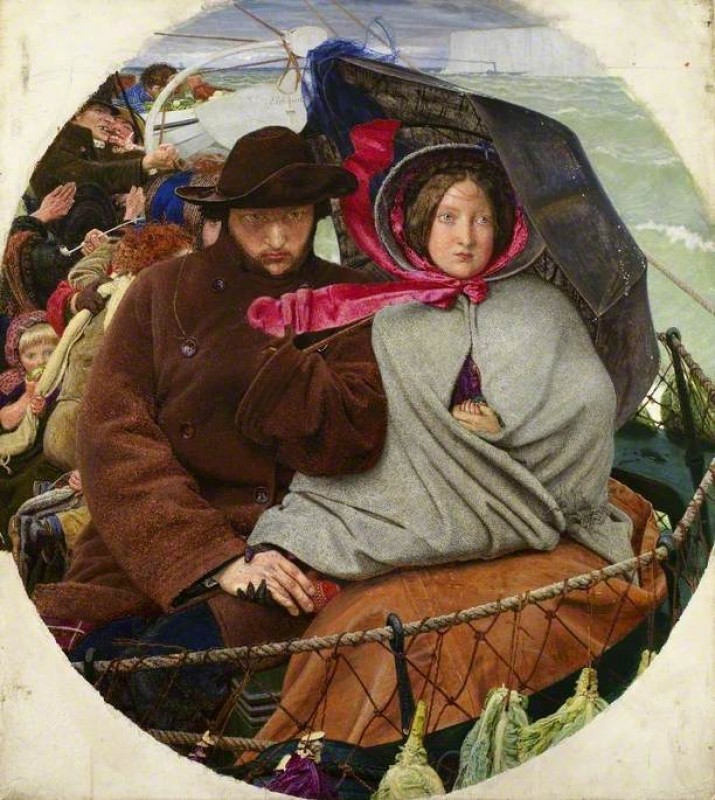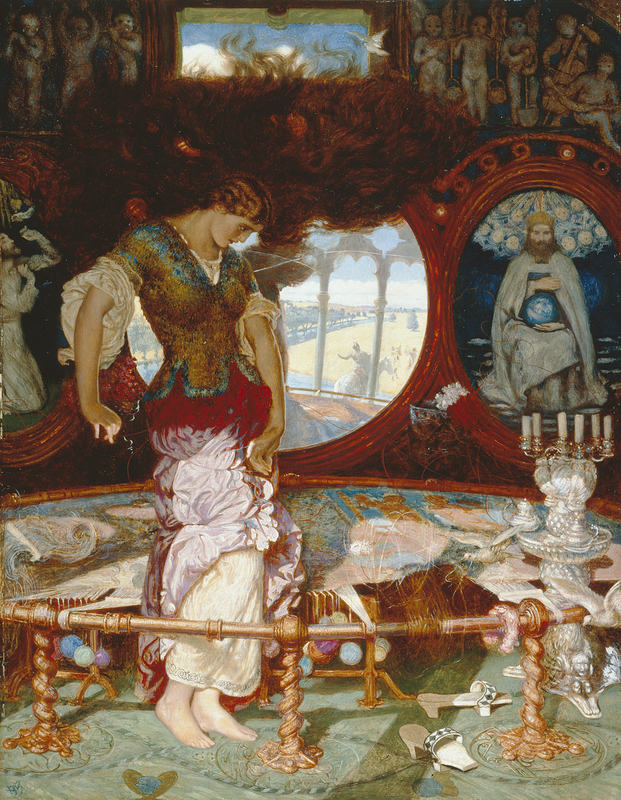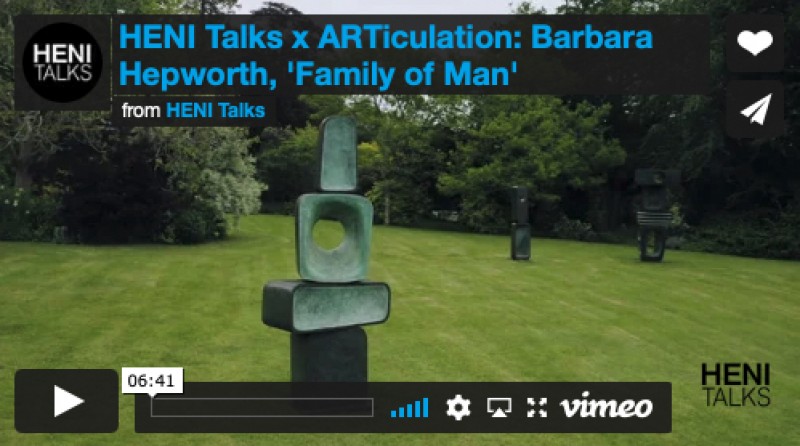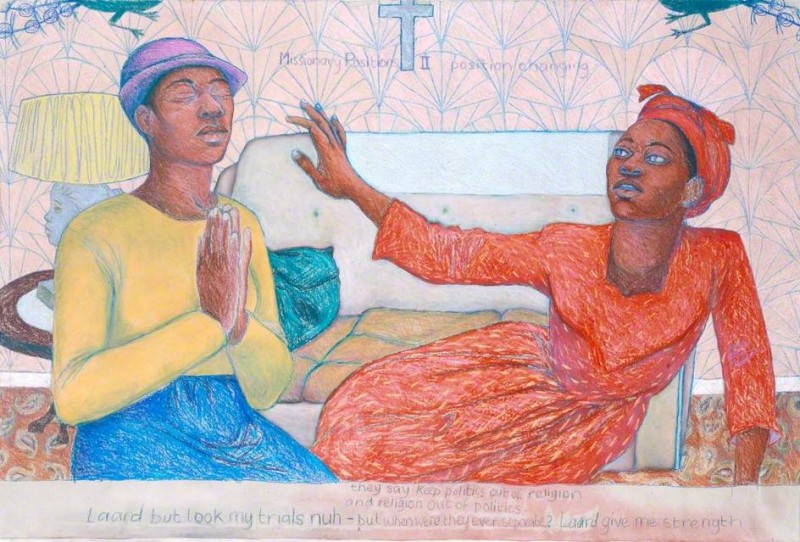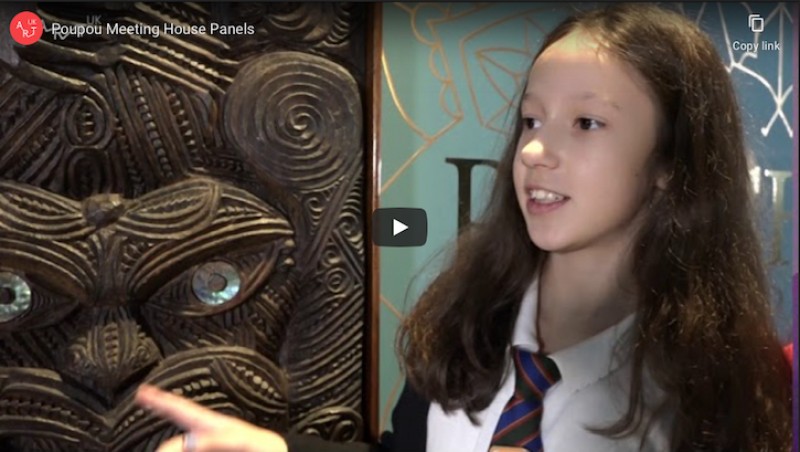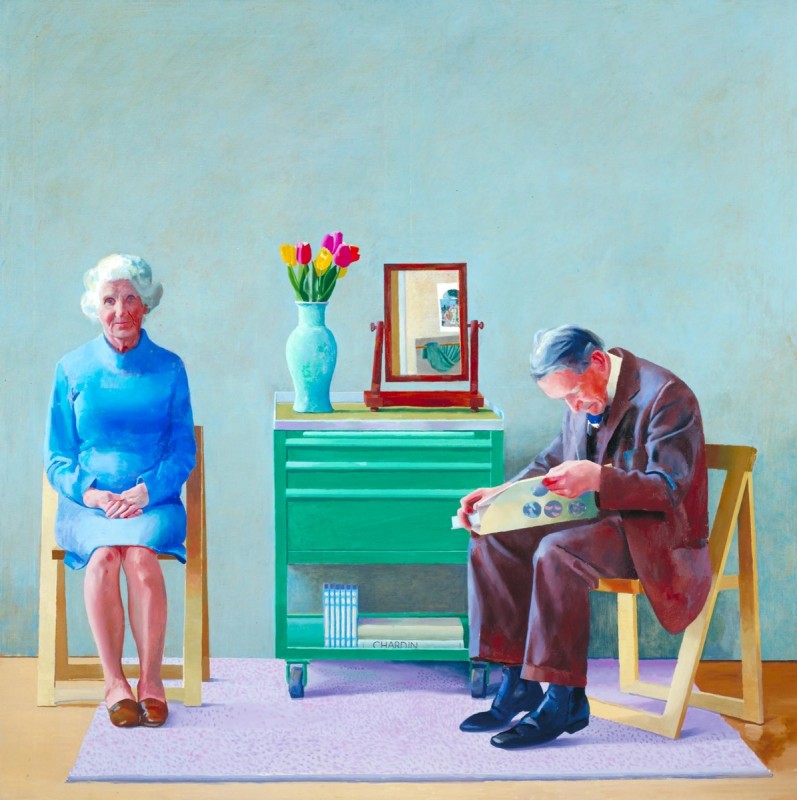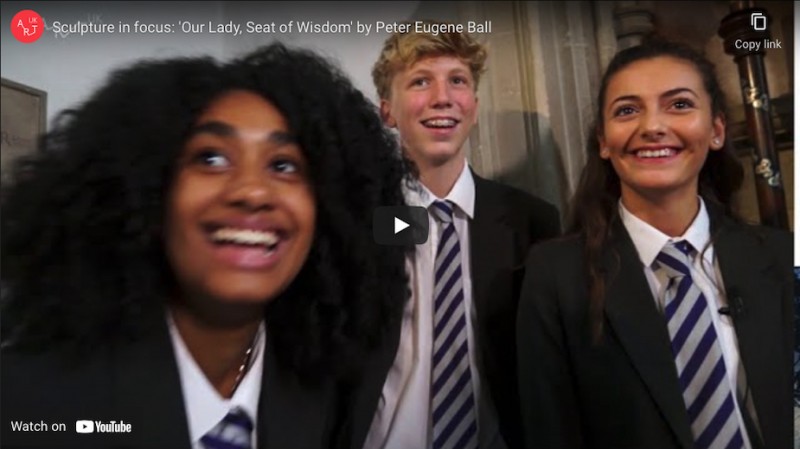Art theme: identity
Artists think carefully about how to express identity when constructing an image of a person, whether creating images of themselves or someone else. It's important to consider how to convey someone's personality and qualities, interests and beliefs in an artwork. How can an artist show the things that are important to that person? How can they help viewers gain a sense of their experiences, culture and background?
Artists give viewers an insight into a person's unique identity in all manner of ways. For instance, in figurative art, artists may make use of features such as clothing, hairstyle and accessories, as well as facial expressions, gestures and pose. The objects and background they portray their subject with can also help to cast light on a person's identity.
